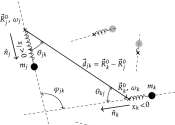Quantum breakthrough sheds light on perplexing high-temperature superconductors
Superfast levitating trains, long-range lossless power transmission, faster MRI machines—all these fantastical technological advances could be in our grasp if we could just make a material that transmits electricity without ...









